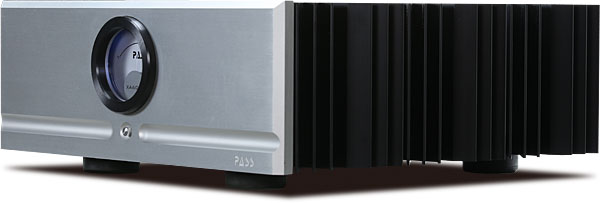| Columns Retired Columns & Blogs |
The differences you describe confirm what I've experienced so many times, although I'm not privileged at this point to hear these monoblock beasties. Our ears, when normal, hear a dynamic range of nearly a trillion to one, a frequency range of 500-1000 to one, and numerous other effects like timing and phase differences. Despite not being a mathematician, I'd guess that the combination of these hearing properties are near-astronomical, which means that we have plenty of room for improvement in sound reproduction.











































